7 Questions For Maestra Noreen Green
JWA: Tell us about your role as the founding artistic director of the Los Angeles Jewish Symphony (LAJS).
Noreen Green: I co-founded [LAJS] with my husband, LAJS President Dr. Ian Drew. The symphony is our heartfelt mitzvah—our meaningful contribution to the Jewish community. For over 31 incredible years, we’ve been devoted to presenting vibrant, diverse music of the Jewish experience.
Without a permanent home, we proudly call ourselves the Wandering Jewish Orchestra. We’ve performed across Los Angeles County and beyond, collaborating with a wide range of venues—temples, multicultural organizations, universities, schools, and professional concert halls. By bringing our programs to different neighborhoods, we’ve built rich, diverse audiences and connected with a mosaic of communities throughout the city.
From early on, education has been central to our mission. With my background in music education, I’ve always felt that my true calling is to teach. At every concert, I speak about the music right before the piece is played. Most of the time, we're performing music that is not familiar, so I put it all in context, which allows our audiences to be engaged, thoughtful, active listeners rather than passive ones.
Our educational outreach has grown, with our flagship program, "A Patchwork of Cultures: Exploring the Sephardic-Latino Connection," now in its twentieth year. This creative immersive program uses the shared musical traditions, language, and culture of the Sephardic peoples from Spain to build bridges between the Jewish and Latino communities in Los Angeles.
JWA: How did you discover your passion for conducting and turn it into a career?
NG: I grew up immersed in music—playing piano, accompanying and singing in choirs from a young age. I earned a Bachelor of Music Education from the University of the Pacific, a Master’s in Choral Conducting from Cal-State Northridge, and a Doctor of Musical Arts in Choral Conducting from USC. My doctoral treatise focused on the works of David Nowakowsky, a masterful nineteenth-century synagogue composer. I also pursued instrumental conducting as a second discipline.
I taught at high schools, colleges, and Jewish day schools and served as a synagogue music director. While I specialized in choral conducting, I always had a deep love for programming orchestral music.
The seeds for the LAJS were planted during a transformative summer at the Summer Aspen Music Festival in 1993. Under the mentorship of Maestro Murry Sidlin, I presented a concert of Jewish music at the Aspen Jewish Center. Murry’s enthusiastic response sparked the idea: “Why not create a Jewish orchestra? This is your niche!”
So, with the support of my husband and dedicated funders, the LAJS was born in 1994. That moment in Aspen truly changed the course of my life—and here I am, 31 years later, still conducting with the same passion and purpose.
JWA: For many of us, our Jewish upbringing included the intersection of music and prayer. Were Jewish practice and musical expression always intertwined for you?
NG: Absolutely. After my bat mitzvah, I joined my synagogue’s choir as a soloist and immediately felt a deep emotional connection to the music—singing joyfully and joining in Israeli folk dancing at the oneg afterward.
Later, after earning my bachelor’s degree and returning to Los Angeles to teach, my cantor invited me to learn the liturgy and consider cantorial school—an exciting prospect, as women were just beginning to enter that role. But after a couple of lessons, I realized it wasn’t quite my path.
Instead, I found my place as a piano accompanist and music director. I love teaching, guiding other musicians, and curating meaningful programs. That’s where my heart has always belonged and still does.
JWA: There is still a profound lack of gender parity in the field of professional conducting; fewer than ten percent of professional conductors are women. Why do you think this is? What has your experience been as a pioneer in this field?
NG: Historically, women were excluded from major orchestras well into the twentieth century. It wasn’t until 1982 that the Berlin Philharmonic hired its first woman, and the Vienna Philharmonic officially barred women until 1996.
Conducting is a powerful leadership role, akin to a CEO. Traditionally male-dominated, this "old boys’ club" still exists to some degree—and yes, I still feel that resistance.
One of my student colleagues at the Aspen Music Festival, a woman conductor from Germany, shared that an orchestral musician once told her, “You were so efficient, I forgot you were a woman!” That comment speaks volumes.
I’ve faced similar challenges. Early on, a Russian violinist was thrilled to play in a Jewish orchestra—until he learned I was the conductor. He declined, unable to accept playing under the baton of a woman.
In 2000, I was a guest conductor and lecturer at the Buchmann-Mehta School of Music in Tel Aviv. One student said it was empowering to see a woman conductor from the US who had founded her own orchestra. That meant everything to me.
At our rehearsal of the university orchestra, multiple languages were spoken—Hebrew, English, Russian, Arabic. I relied on my limited Hebrew and the help of our Russian-speaking LAJS Founding Concertmaster, Mark Kashper. The first half of the rehearsal was, to say the least, chaotic! But by the second half, everyone was fully engaged. A few of the hired professional musicians commented, “We’ve never worked under such a professional woman conductor. Thank you!” That moment stayed with me.
In 2004, I was the first woman to conduct the Jerusalem Symphony. Navigating the traditions of Kol Isha—which prohibits a woman’s singing voice from being heard in Orthodox settings—was complex. I respect tradition, but believe women deserve to be leaders—rabbis, cantors, conductors.The Jerusalem Symphony had a mixture of players, from secular to ultra-Orthodox. The first rehearsal was motzei (after) Shabbat. So, depending on the level of observance, the musicians kind of wandered in. I had to adjust the rehearsal as I went, until more and more of them arrived.
The last person to enter was the tuba player, in full Hasidic, black-hat dress. When he walked in, he never looked at me. The others had at least acknowledged me, but he just sat down and started playing. Well, tuba players have lots of rests. He played ten bars or so and then had to count 40 bars rest. He played and then put the tuba down and picked up his prayer book and started reading it. When it was time to come in, he did! But he never looked at me and he never lost count!
Change takes time. At meetings of the International Conductors Guild, we still discuss gender barriers. Progress has been made—but persistence is key.
JWA: You have traveled the country and the world as a conductor and educator. As you have visited a plethora of Jewish communities, what have you learned from them? What has surprised you?
NG: We are all more similar than different. Wherever I go—Sydney, Minnesota, San Francisco, Toronto, Nashville, New York—I find that Jewish communities share a profound sense of connection and “peoplehood.” The moment you step into a synagogue, or a gathering place for Jewish community, you're greeted with open arms and open hearts.
Even in more traditional spaces, like Orthodox synagogues, I’ve always been warmly welcomed into the women’s section. That shared cultural and spiritual bond is deeply moving.
In Sydney, I was the music curator of a new play, Stories from the Violins of Hope. The Jewish community was wonderful, and the actors—though not Jewish—were deeply engaged in learning about our history. The artistic director was Jewish, but not deeply versed in the tradition, so I stepped into an unexpected role: dramaturge! It was a powerful and eye-opening experience.
JWA: One of your latest projects was the International Violins of Hope Project, a concert where the musicians played instruments that had been collected from Jewish communities after World War II. Tell us more about this experience, and how the instruments were able to bridge the gap across time.
NG: The entire experience was surreal—especially since the concert was originally scheduled just a week after the world shut down due to COVID-19.
Watching our violinists choose which Violin of Hope instrument to play was incredibly emotional. One of our musicians, Johana Krejci, selected a violin based on its sound. When she later read its history, she discovered it came from Czechoslovakia—her homeland. She was moved to tears.
A particularly touching moment was when a high school friend told me about her late mother’s violin, which had been stored under her bed for years. Her mother had survived in the forest during the Holocaust and the only possession she had brought was that violin. Donating it to the Violins of Hope collection gave her a sense of renewed purpose. That concert was a once-in-a-lifetime experience—one I will never forget.
JWA: What has been your favorite piece to perform and conduct—Jewish or secular?
NG: Two stand out. First is Women of Valor, an oratorio by Andrea Clearfield that I premiered with the LAJS in 2000 and recorded with Albany Records in 2017. It’s a large-scale, emotionally rich work that highlights the voices of biblical women through original texts and powerful music.
Second is Jacob and Rachel, a ballet score by Holocaust survivor Eric Zeisl. Zeisl escaped the day after Kristallnacht, but his whole family was murdered in Treblinka. He was among the European émigré composers who came to Los Angeles to work in the motion picture industry and was one of a group of elite composers, along with Eric Korngold, Mario Castelnuovo-Tedesco, Franz Waxman and others, who gathered in salons to share their concert music.
Zeisl’s music caught my attention very early on. I fell in love with the music and the story: how Jacob was deceived by Rachel’s father, Laban, into working for him an additional seven years to marry Rachel. They say that after Shakespeare and the Bible, there are no new stories. This is one of those eternal stories that has never lost its fascination for readers and writers.
This year, 2025, marks Zeisl’s 120th birthday, and I’m excited to be working on creating a program featuring his music.


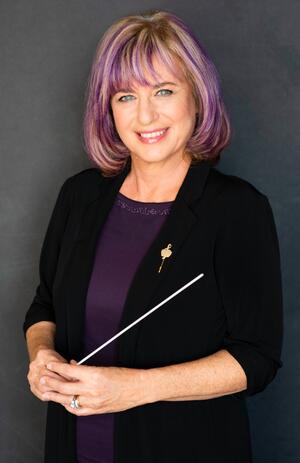
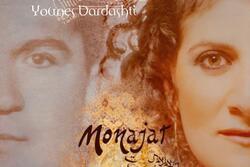
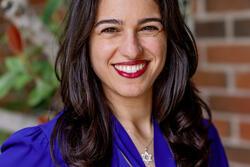
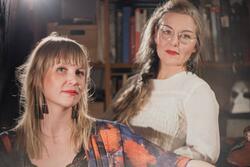
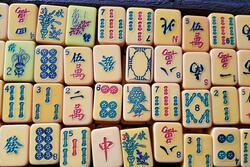
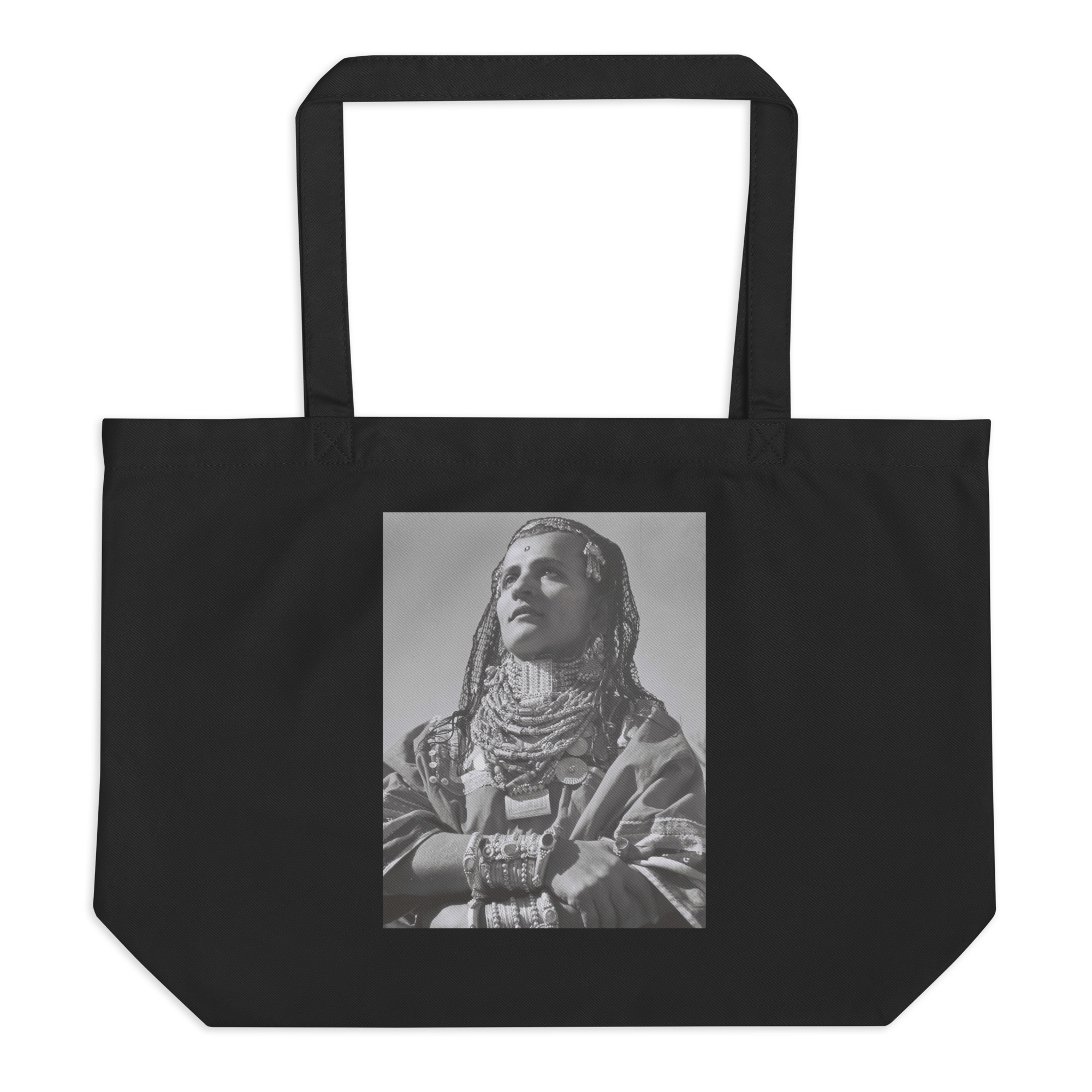
Ronda Spinak and I were honored to tap into Noreen's vast knowledge of Jewish music to create "Stories from the Violins of Hope" and it's later iteration, "The Violin Maker," about the Israeli luthier who restored violins that survived the Holocaust. Performing in these productions with her Los Angeles Jewish Symphony players for both the filmed "Stories from the Violins of Hope" and for staged productions in Sydney, Australia and Long Beach California, her passion for music and for celebrating Jewish contributions to it are inspiring.